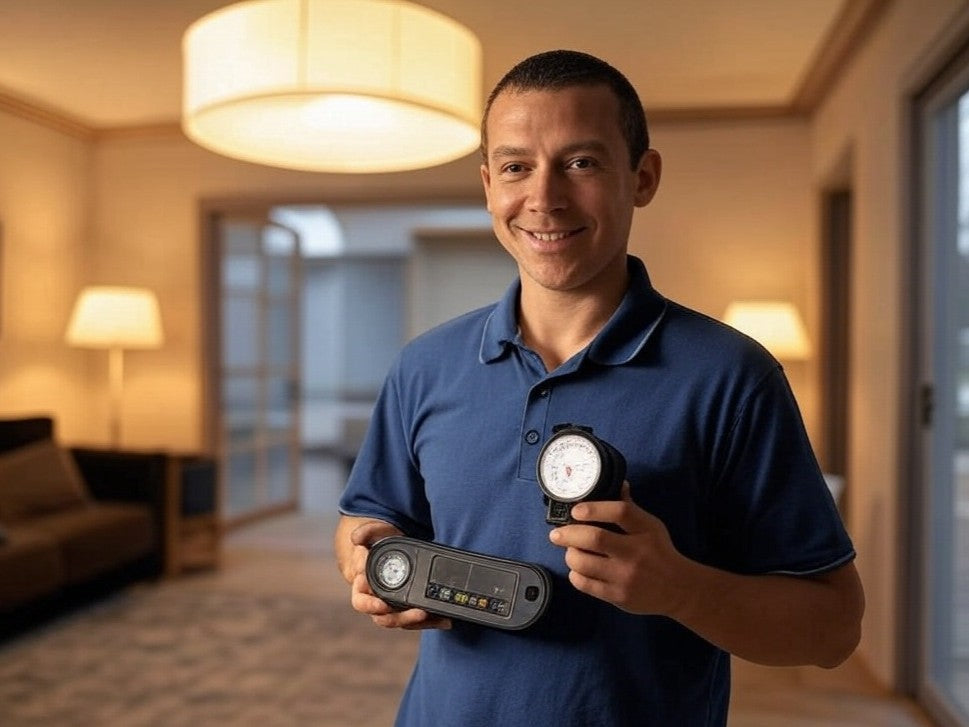
How to Calculate the Amount of Lighting Needed for your Space?
Share
How to Calculate the Amount of Lighting Needed for your Space?
Introduction Lighting is a crucial element in the design of a space, whether it is your home or your workplace. The right amount of lighting can improve mood, increase productivity and even influence your well-being. But how do you know how much light is needed? This article walks you through the steps to calculate the amount of lighting required for any space.
1. Understanding Lumen The lumen is a unit of measurement of the quantity of light emitted by a light source. The higher the number of lumens, the brighter the light. When choosing your lighting fixtures, check the number of lumens indicated to assess their brightness.
2. Calculating the Amount of Lumens Needed To determine how many lumens are needed for your room, follow this simple formula:
- Multiply the area of the room (in square meters) by the required lumens factor per square meter. This factor varies depending on the use of the room (for example, 300-400 lumens/m² for a living room, 700-800 lumens/m² for a kitchen).
3. Using the Watt Rule Traditionally we measured brightness in watts, but this referred to power consumption and not actual brightness. However, you can still use this method as a rough guide, keeping in mind that LEDs consume fewer watts for the same amount of lumens compared to traditional bulbs.
4. Consideration of Room Factors
- Ceiling Height : Rooms with high ceilings require more lumens to illuminate the space effectively.
- Wall and ceiling color : Dark surfaces absorb more light, so additional lumens may be needed.
- Nature of activity : Work areas, such as kitchens and offices, require more light than relaxation areas such as bedrooms.
5. Light Distribution Once you have determined the total number of lumens needed, distribute it evenly between different fixtures to avoid shadows and create even lighting throughout the room.
Conclusion Calculating the amount of lighting needed isn't complicated once you know the basics. By considering lumens, the size of your space, and how you use each room, you can create a perfectly lit environment tailored to your needs.
